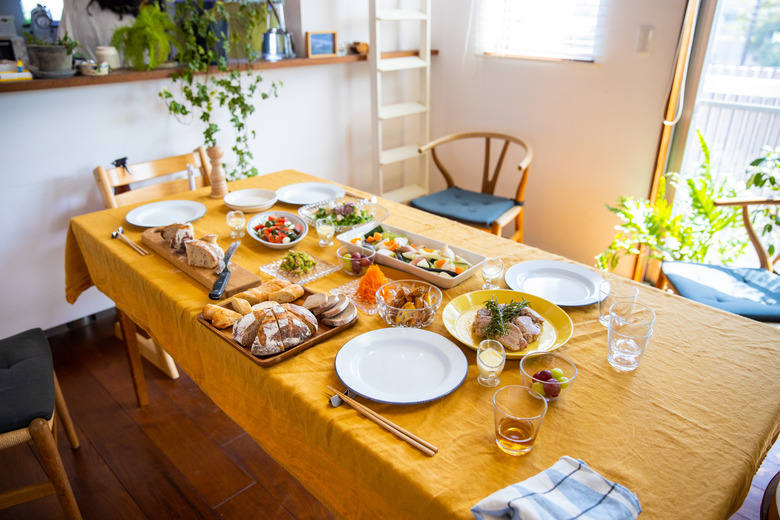How To Create A Food Web Diagram
A food web diagram illustrates the energy transfer between trophic levels in an ecosystem. By illustrating food webs, it helps scientists identify the complex networks that exist between all living organisms on Earth.
Making a food web diagram can be as simple as drawing arrows from one organism to all the organisms it eats.
History of the Food Web
History of the Food Web
In 1927, the ecologist Charles Elton described food chains and food cycles to illustrate the order in which species eat each other in his book, Animal Ecology. He used these to show how each trophic level obtained energy through their food.
This also led to discussions about animal niches, which is when they have a highly specialized diet and behaviors for their environment. Elton later referred to these as food webs.
How to Create a Food Web
How to Create a Food Web
A food web maker is used to identify all links between the abiotic factors, producers, consumers and decomposers. This tool is handy when constructing diagrams for an ecosystem to help visualize all the species interconnections.
Food webs are more useful than food chains because they take into consideration feeding interactions between all the organisms in an ecosystem, instead of just moving up in a vertical line from producers to consumers and decomposers.
Build a Food Web Activity
Build a Food Web Activity
Building a food web is a fun activity to understand the dynamics in species feeding habits better. Start the food web by writing or drawing the consumable abiotic factors in an environment including water, soil and the sun.
Then write or draw in the primary energy producers, which are the plants that use these resources. Draw an arrow from the sun to the plants.
Next, gradually move throughout the food web, adding the primary, secondary, tertiary and quaternary consumers. Once you have included all these, finish with apex predators then decomposers.
Every time a new organism is added to the food web, draw an arrow to all the other species that it eats. The finished food web will be a map of the species interactions in that environment.
Food Web Building Tips
Food Web Building Tips
Using different colored arrows for each trophic level can help simplify the reading of complex diagrams. Alternatively, color codes and special characters can be used to describe different characteristics for each organism.
For example, you may use the color red or draw stars for every carnivorous animal. Herbivores may be green and omnivores could be blue.
Different Types of Organisms
Different Types of Organisms
The sun provides energy that autotrophs use to photosynthesize and create their own energy. We call these the primary producers. Autotrophs include plants, algae and some species of bacteria.
Primary consumers are the herbivores that feed on plants or algae. Secondary consumers are the omnivores or carnivores that feed on the herbivores. Tertiary consumers are carnivores that eat secondary consumers. Quaternary consumers and apex predators may also be present in a food web and sit at the top because they don't have any predators of their own.
A food webs final trophic level are the decomposers. These detrivores are extremely important in any food web as their role is to break down dead organisms. Decomposers, such as fungi or tiny microbes, transfer the energy still present in the dead organism back to the Earth, thus recycling the energy for use once again.
Energy Loss in Food Webs
Energy Loss in Food Webs
Energy pyramids are used to determine the energy loss at each trophic level. For instance, a herbivore that feeds on autotrophs will only absorb 10 percent of the autotrophs energy.
Going up the pyramid, the energy consumed by primary, secondary and tertiary consumers is only 10 percent of the energy from the trophic level below them. To simplify, the energy transferred up the chain from a primary producer to a tertiary consumer is only about 0.1 percent.
Cite This Article
MLA
Jerrett, Adrianne. "How To Create A Food Web Diagram" sciencing.com, https://www.sciencing.com/create-food-diagram-7548578/. 22 November 2019.
APA
Jerrett, Adrianne. (2019, November 22). How To Create A Food Web Diagram. sciencing.com. Retrieved from https://www.sciencing.com/create-food-diagram-7548578/
Chicago
Jerrett, Adrianne. How To Create A Food Web Diagram last modified March 24, 2022. https://www.sciencing.com/create-food-diagram-7548578/
